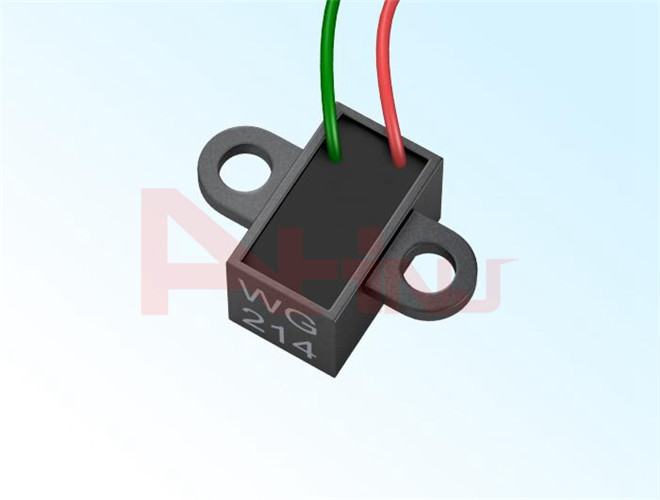Bipolar Halls and Omnipolar Halls are currently commonly used Hall elements and are widely used in applications such as switching, speed measurement, and metrology applications. However, in practice, many people mistake the bipolar as an omnipolar hall as a bipolar Hall. Extremely, causing troubles when building hall circuits or designing circuits. Today we will elaborate on how to correctly distinguish between bipolar Hall elements and omnipolar hall elements.
1. Bipolar Hall element
Bipolar Halls generally have to specify a magnetic pole. At the same time, two magnetic poles are required to control the high and low levels respectively, and the magnetic field NS pole is alternately used to output signals. If the S pole is close, it outputs a low level, and when the N pole is close, it outputs a high level. Typical applications for bipolar Halls are speed measurement or counting. If the magnetic field is removed, it is a random output, either open or closed.
Bipolar Hall element features: good stability, high sensitivity, wide voltage, good consistency and long life.
Typical applications for bipolar Halls: motor speed, speed sensors, pulse counters, encoders, fans, etc.
2. Omnipolar Hall element
The Omnipolar Hall is also called the non-polar Hall. The induction method is: the omnipolar hall does not distinguish the south (S) north pole (N) to detect the magnetic field, the magnet outputs a low level when approaching, and outputs a high level when it is far away. The polarity of the hall is similar to that of the unipolar Hall. The difference is that the unipolar Hall switch specifies the pole, while the omnipolar Hall switch does not specify the pole. Any pole is close to the output low level signal. Leave the output high level signal.
Omnipolar Hall element features: low voltage, low power consumption, high sensitivity
Typical application applications for omnipolar hall: switches, mobile phones, smart water meters, portable electronic devices, bluetooth headsets, etc.
Nanjing AH Electronic Science & Technology Co., Ltd is one of the leading Hall Sensor manufacturers. Our 2.4 V Micropower Omnipolar Hall Sensor, High Sensitivity Omnipolar Micropower Hall Sensor, Signal-Type Wiegand Sensor has high quality and competitive price.
Because Halls of different materials have different advantages, disadvantages and applications, if you want to know more about Hall knowledge and Hall models, you can consult us at kerryxie@ahest.com for professional Hall component selection. Sincerely at your service!

Copyright © Nanjing AH Electronic Science & Technology Co., Ltd. Все права защищены.
Техническая поддержка:  | Карта сайта |
| Карта сайта |
 НАПИСАТЬ НАМ
НАПИСАТЬ НАМ
Присоединяйтесь к нашему списку и будьте первым, кто узнает о новых продуктах, преференциях, продажах и так далее!